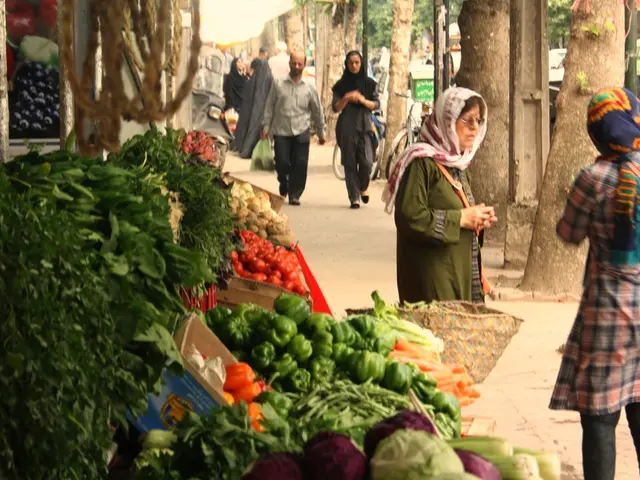St. Ilarion’s Day Reveals Winter Secrets Through Ancient Weather Lore
On St. Ilarion's Day, November 3, weather patterns and old customs intertwine, offering glimpses into the coming winter and honoring three saints named Ilarion. The day, also known as St. Hilarion the Great's feast day, holds significance in Orthodox Christian tradition and offers weather predictions rooted in folklore.
In Meglin, where St. Hilarion, Bishop of Meglin, is revered, the day marks the translation of his relics. Locals believe that if snow falls and sticks to trees on this day, it won't melt on the ground, foreshadowing a harsh winter. Conversely, if leaves still cling to trees, winter will be bitterly cold.
Folklore also dictates that the weather on St. Ilarion's Day can predict temperature changes. Clear skies and crisp air signal a sharp drop in temperature, while straight rising smoke in any weather indicates fair skies ahead. The first light snowfall, known as 'porosha', makes roads impassable.
Crossroads play a significant role in these traditions. They were once believed to be tied to evil spirits, and travelers who perished there were often buried at these junctions. An old custom involves placing crosses by roadsides or crossroads where people died in accidents to ward off malevolent forces. Forty days after a person's death, people would gather at the nearest crossroads to bid farewell to their soul.
St. Ilarion's Day, November 3, is a day of remembrance and prediction. It offers insights into the coming winter through weather patterns and old customs, while also honoring three saints named Ilarion and the translation of St. Hilarion's relics. These traditions, passed down through generations, continue to intrigue and fascinate.
Read also:
- United States tariffs pose a threat to India, necessitating the recruitment of adept negotiators or strategists, similar to those who had influenced Trump's decisions.
- Weekly happenings in the German Federal Parliament (Bundestag)
- Massive 8.8 earthquake hits off the coast of Russia's Kamchatka Peninsula, prompting Japan to issue a tsunami alert.
- Court petitions to reverse established decision on same-sex marriage legalization







